
B2B marketers need to be able to figure out which campaign touches drive engagement and, ultimately, conversions and revenue. Attribution models can yield insights that allow marketers to make better spend allocation decisions. Single-touch attribution models like first-touch, last-touch and tipping-point can help marketers better understand lead generation, conversions, and the marketing-to-sales handoff.
Multitouch attribution can also generate important insights on how campaigns impact pipeline and revenue, but it’s critical to avoid mistakes during implantation and to understand the limitations and capabilities of each type of model. Here are five tips that can help you improve your multitouch attribution results.
- Create models that reflect your marketing strategy. It may sound simple, but it’s easy for marketers to get caught up in the different possibilities attribution models offer and miss this basic step. Are you running campaigns to improve the engagement of both new and active leads? If so, consider an even-spread multitouch attribution model that evaluates campaigns across the entire sales cycle. Are you looking to influence prospects later in the sales cycle? Take a look at a time decay attribution model, which gives later touches greater weight.
- Make you understand the business question you’re asking. In addition to aligning the model you choose with the marketing strategy, make sure you understand the business question you’re working to answer. For example, if one campaign strategy is to activate new influencers at top target companies, the business question might be, “What was the lead gen campaign’s impact on pipeline and sales this quarter vs. last quarter?” You’ll need to account for the business question too when setting up reports based on your multi-touch model.
- Apply appropriate reporting parameters. Once you have clarity on the business question you’re asking and choose a model that reflects the marketing strategy, it’s time to apply the right reporting parameters so that your dashboards and reports give you meaningful data. For instance, you might be examining results on a particular date, timeframe, or market segment. Setting the relevant parameters will ensure you get data that is actionable and relevant to the business question you’ve set out to answer with your campaign analysis.
- Combine attribution and funnel metrics to drive efficiency. This holds true for single-touch and multitouch attribution methods: Attribution helps you invest more efficiently, but you’ll also need funnel metrics to drive process efficiency. Also, keep in mind that it’s crucial to use CRM as your data repository because it is the revenue system of record. When you analyze funnel metrics inside the CRM, you can track volume, velocity, and conversion rates and identify any process issues with sales to drive overall efficiency.
- Hold regular meetings with sales and marketing colleagues. Related to the point above, it’s important to make sure everyone is on the same page, and that requires regular meetings with your relevant marketing ops/lead gen colleagues plus the sales/revenue teams that depend on your campaigns to generate business. During meetings, the group should review funnel metrics to identify trends and sticking points, and relevant individuals should take on action items to alleviate bottlenecks as appropriate.
Marketing attribution in general and multitouch attribution specifically will remain key components of B2B campaign measurement because they are essential for efficiency. Without actionable data on campaign performance, marketers can’t invest budget dollars where they produce the best results.
But it’s important to keep in mind that attribution is one-half of the efficiency equation. Funnel metrics matter too. When you can track both inside the CRM, you’ll be able to drive efficiency across the board and in even collaboration with your sales team.

ABM in Action: Part 1
Although ABM is top of the buzzword list, the majority of companies rolling out ABM are in the planning and early execution phases. Cari Baldwin will share real-world experiences where projects are at risk or are getting “stuck.” Special guest and Full Circle Insights...

3 Tips for Finding Insights with Multi-Touch Models
You’ve arrived at a multi-touch model that works for your organization. Now what? What does attribution data really tell you about all your touch points and their revenue contribution? How do you probe beyond the basics to truly understand what channels in which to...
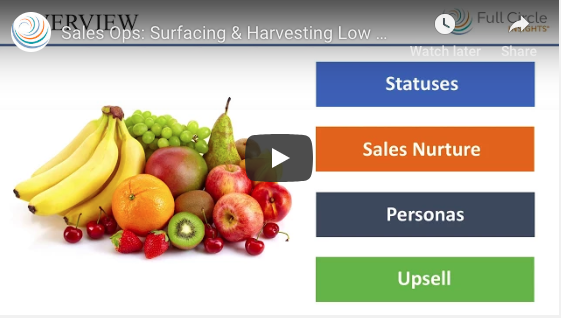
Surfacing & Harvesting Low Hanging Fruit
Ever been asked to find a quick and easy way to add to your pipeline and close business? We have too. This session dives into some of the methods Full Circle Insights uses to find and take advantage of low hanging fruit, as well as the framework we use to build...
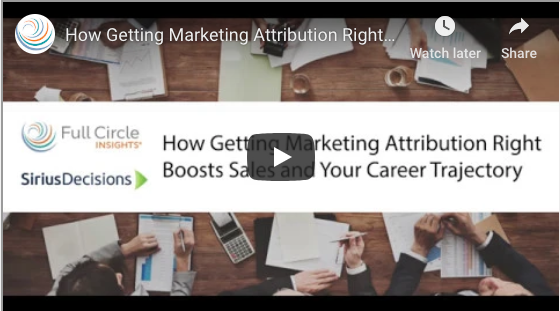
Maximizing Sales and Your Career Trajectory
Long gone are the days of blindly spending marketing dollars without a data first mindset to clearly prove you’re driving a return on your marketing investment. To become an elite, sought-after modern marketer, you must know what channels, campaigns and touch points...

Top 5 Reports Finance Wants from Marketing
In many companies marketing and finance only communicate when marketing needs more budget or for year-end planning. This causes marketing to be viewed as a cost center instead of the revenue generator it should be. In this white paper, Top 5 Reports Finance Wants from...

Avoiding Analysis Paralysis In Marketing Measurement
In a time when we are rich in data but poor in information, performance-driven marketers struggle to derive the insights they need from their abundance of data. This can feel paralyzing, but it doesn’t have to. In this white paper, Demand Gen Report uncovers how you...
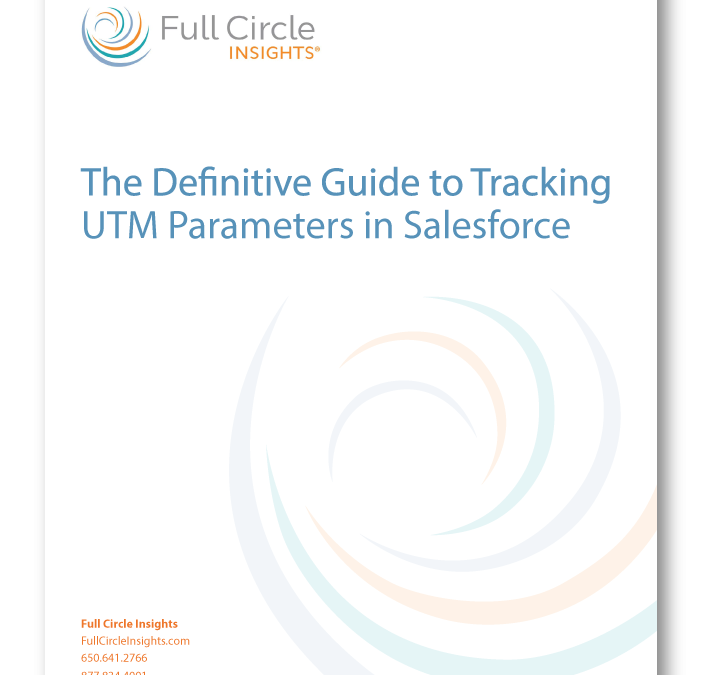
Guide to Tracking UTM Parameters
This ultimate guide contains all of the best practices for measuring the success of your marketing campaigns using UTM parameters inside Salesforce. Think of this guide as your key to achieving end-to-end UTM tracking of your digital campaigns and helps you...
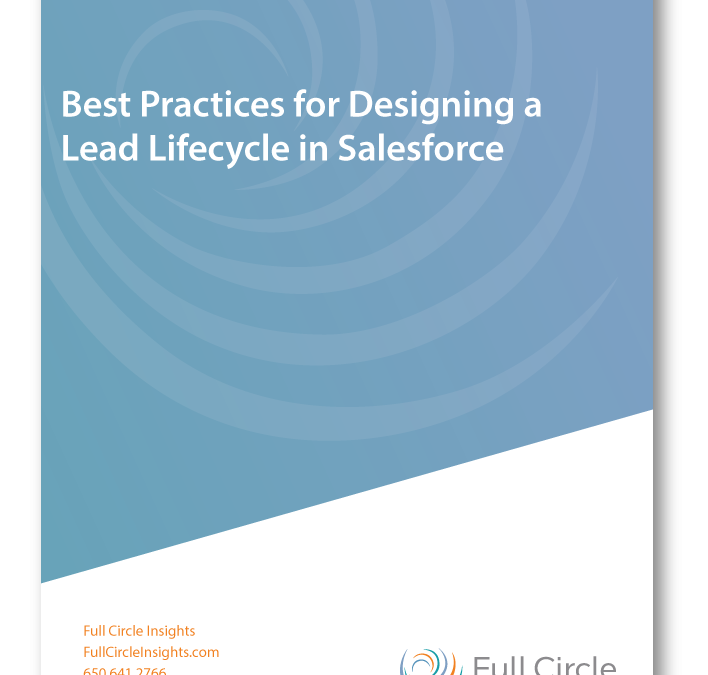
Designing a Lead Lifecycle
Designing or re-designing a lead lifecycle is a huge project which requires marketing and sales alignment. With a well-designed lead lifecycle in Salesforce you are able to surface metrics for tracking your marketing and sales data and understand the marketing to...
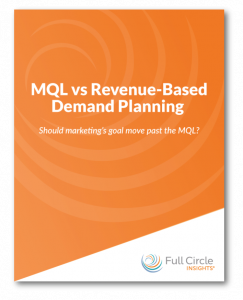
MQL vs Revenue-Based Demand Planning
If you’re a performance-driven marketer, you’re constantly tracking your goals. But, how confident are you that your marketing mix has the right balance of diversified channels and campaigns to achieve your company’s revenue target? Is your plan based on MQL goals or...
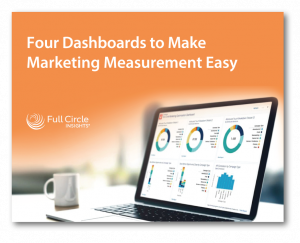
Four Dashboards to Make Marketing Measurement Easy
With the abundance of data, how can you know which data to plan, derive insights, and make actionable business decisions from?In the guide Four Dashboards to Make Marketing Measurement Easy you’ll learn: The four distinct pillars of marketing measurement, and how they...



